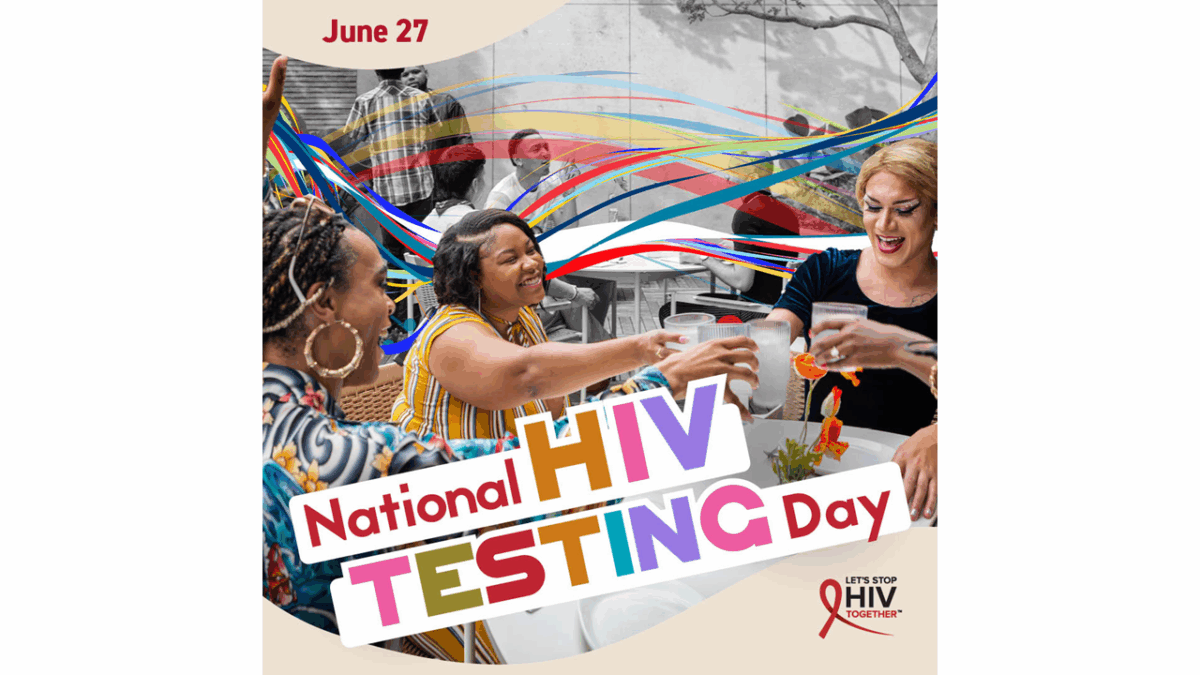The past year has been a strong one for life sciences industries, from pivotal gene therapy approvals to continued innovations in the biotech and medical device spaces.
As the world continues to experience the effects and aftermath of the COVID-19 pandemic, lessons learned from the biggest global health crisis in recent times spurred changes and adaptations in the life sciences and healthcare. This included greater adoption and acceptance of decentralized clinical trial models, emphasis on patient-centric approaches in trials, growing digitization of healthcare and dealing with drug manufacturing challenges.
Additionally, advanced technologies like artificial intelligence (AI) and the adoption of digital tools in healthcare are allowing for improved treatments and care, and powerful research insights.
Here are some of the top life science trends and topics from 2022.
Gene Therapy Approvals
In 2022, the US Food and Drug Administration (FDA) approved the following four new gene therapies:
Adstiladrin (nadofaragene firadenovec-vncg) for the treatment of adult patients with high-risk Calmette-Guérin (BCG)-unresponsive non-muscle invasive bladder cancer (NMIBC) with carcinoma in situ (CIS) with or without papillary tumors. Manufacturer: Ferring Pharmaceuticals A/S.
Hemgenix (etranacogene dezaparvovec) is for the treatment of adults with Hemophilia B (congenital Factor IX deficiency) who currently receive Factor IX prophylaxis therapy. Manufacturer: CSL Behring LLC.
Skysona (elivaldogene autotemcel) to slow the progression of neurologic dysfunction in boys four to 17 years of age with early, active cerebral adrenoleukodystrophy (CALD). Manufacturer: bluebird bio, Inc.
Zynteglo (betibeglogene autotemce) for the treatment of adult and pediatric patients with ß-thalassemia who require regular red blood cell (RBC) transfusions. Manufacturer: bluebird bio Inc.
Bluebird bio is a notable mention as it secured FDA approvals for two of its gene therapies, Zynteglo and Skysona. The company is a leader in the gene therapy space and had been facing significant financial challenges for the past several years. Despite the two blockbuster gene therapy approvals, the company sold one of its two priority review vouchers to Argenx SE for $102 million in November to raise some much-needed funds. Bluebird is also now back on track in evaluating its candidate gene therapy for sickle cell disease (SCD) after the FDA lifted a clinical hold on studies of the drug this month.
And almost every time a new gene therapy approval was awarded, it would more often than not break the previous ‘world’s most expensive drug’ record. Currently, CSL Behring’s one-dose Hemophilia B gene therapy Hemgenix holds the title at $3.5 million for a single infusion.
The multi-million-dollar price tags are largely attributable to the high R&D and manufacturing costs associated with making a gene therapy, as the raw materials for producing the therapy can be expensive. There is also generally a low cost of return for gene therapies, particularly those for rare diseases.
The majority of gene therapies approved and under development are in the areas of oncology and rare disease. Clinical trials in these indications are among some of the most complex and expensive to conduct, which is another factor contributing to the high price tags of gene therapies.
Some experts say the high cost of gene therapies is justified as many are single-dose treatments with curative intent. Thus, in some cases, the expense of a gene therapy may be lower than the lifetime cost of treating patients with conventional treatments. Gene therapy makers usually work with governments to develop financial programs to help cover the cost of the drug for patients as not all private insurers may cover it given the steep pricing.
However, the durability of each gene therapy may vary and more long-term data will be needed to show whether an additional dose(s) may be necessary. If so, this could further drive up the cost of a gene therapy treatment.
Decentralized and Virtual Clinical Trials
The pandemic necessitated a shift to off-site, remote and virtual clinical trial options. While virtual and hybrid trial models were being experimented with and used in some cases before the pandemic, the global health emergency accelerated their adoption.
As the world returns to normal, decentralized and virtual trials will be a part of the new normal. According to a recent ResearchandMarkets.com report, the global virtual clinical trials industry is expected to reach $5 billion by 2027, with decentralization of trials driving this growth.
While some thought decentralized trials may be dropped after the worst of the pandemic was over, some of the benefits of decentralization cannot be overlooked. Decentralized trial options allow for greater flexibility and accessibility to patients, as they can often be monitored and administered treatments at home, work or local clinical sites. This can reduce patient burden by reducing the time and cost associated with site visits. It can also overcome some of the challenges in trial participation, improving patient recruitment and retention. There are also benefits for clinicians as they can continuously monitor patients remotely and make timely decisions.
Virtual trial processes involve the use of technologies that enable remote data collection and sharing. This includes digital tools such as monitoring devices, telemedicine, clinical trial software, electronic clinical outcome assessment (eCOA), electronic patient-reported outcomes (ePRO) and eConsent. These technologies are enabling a broader shift towards the digitalization of healthcare including clinical research.
While digital tools are powerful and needed tools in virtual trials, appropriate training for both patients and healthcare providers is essential. Some patients may not be familiar with some technologies, which can be a roadblock in virtual care. Addressing these challenges will be important as trials, healthcare and the world in general becomes more digital and virtualized.
AI/ML Technology
The life sciences continued to be driven by advanced technologies during the past year. The use and integration of AI in areas from medical devices to digital data solutions was big in 2022 and will continue to be at the forefront of innovative solutions in the life sciences in the years ahead.
Several neurological stimulation devices with AI features were approved by the FDA this year. This included Nevro’s AI-based spinal cord stimulation device for chronic pain, which delivers personalized care through AI delivered insights. An AI-based imaging detection tool for the detection of prostate cancer was also approved this year.
Recognizing the significance of AI and machine learning (ML) in clinical software and medical devices, the FDA has a comprehensive list outlining AI/ML-enabled medical devices that are cleared for use. As of October 5, 2022, the list includes 178 AI/ML-enabled medical devices, 91 of which were granted clearance in 2022 alone. This highlights the growing impact of AI/ML in the healthcare sector, particularly within the scope of the increasing trend and focus on digital health.
Personalized Medicine
Precision medicine targeting specific biological targets or medical devices that can be tailored to individual patients were big themes in the life sciences this year. There was a significant rise in the number of precision-based medicines like gene therapies and immunotherapies that were approved this year. Immunotherapies that received FDA approval this year included AstraZeneca’s Imjudo (tremelimumab) for liver cancer and Johnson & Johnson’s Tecvayyli (teclistamab-cqyv) for the treatment of relapsed or refractory multiple myeloma.
On the medical device side, devices are offering patients greater options to personalize their care. This is enabled by digital connectivity features that allow patients and healthcare providers to continuously monitor patients and make adjustments to treatment as needed. This includes fitness trackers like Fitbit that monitor heart rate and can now even perform ECGs. This year, Fitbit introduced a new smartwatch called the Sense 2, which includes a feature for the detection of atrial fibrillation (AFib). New age neurostimulation devices to treat also offer patients personalized treatment. This year, a neuromodulation device developed for the treatment of tinnitus by Ireland-based company Lenire showed promise for alleviating symptoms of the condition in clinical trials.
Personalized treatment and care are certainly the direction in which healthcare has been going for the past decade, with the recognition that each patient and their needs are different. This trend will only be getting stronger in the years to come as the life sciences industry innovates new drugs and technologies that offer tailored treatment and care.











Join or login to leave a comment
JOIN LOGIN